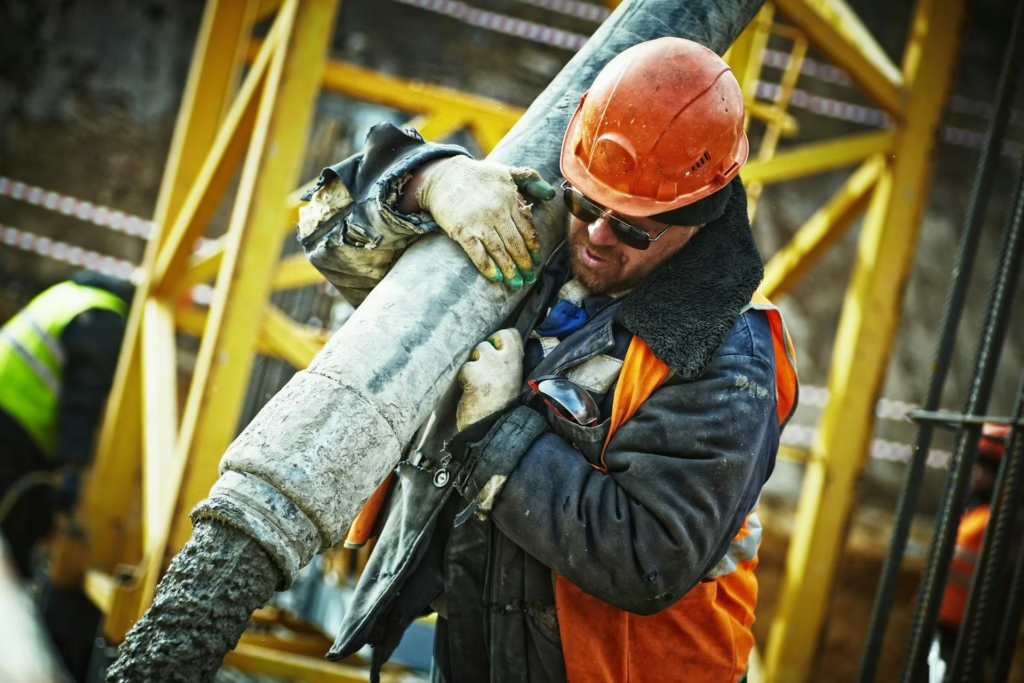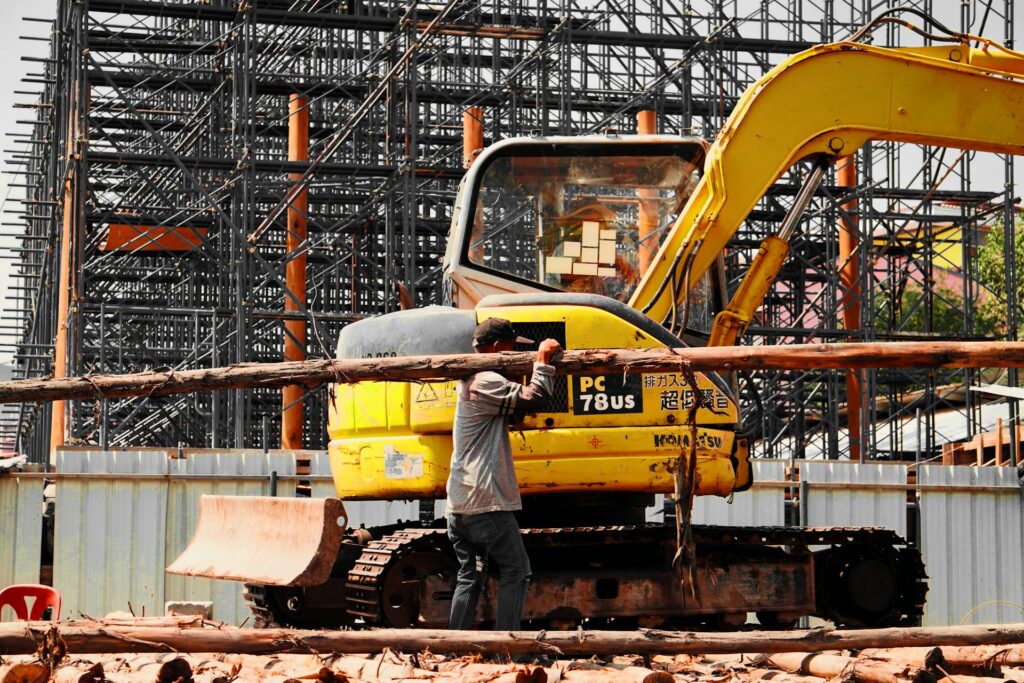Introducing new tariffs on imported construction materials has sparked extensive analysis among economists and industry specialists, who diligently examine the potential long-term repercussions on the home building sector. These tariffs are poised to significantly alter construction expenses, which could, in turn, affect housing affordability for countless families. As these changes unfold, they will resonate throughout the broader economy, influencing everything from supply chain dynamics to local job markets. The implications of these tariffs extend beyond mere costs, shaping the landscape of the housing market and potentially impacting the financial stability of communities reliant on construction activity.
Increased Construction Costs
Imposing tariffs on essential building materials such as lumber, steel, and aluminum will substantially increase construction costs. According to the National Association of Home Builders (NAHB), approximately 7% of the materials used in new residential construction are sourced from international markets. These tariffs act as a hidden tax on consumers, ultimately raising the overall cost of housing. Consequently, potential homeowners may encounter higher prices, making the dream of homeownership increasingly elusive in a changing economic landscape.

Challenges in Housing Affordability
The rising costs of construction materials, partly driven by tariffs, will likely worsen the already pressing issues related to housing affordability. Economist Tyler Schipper from the University of St. Thomas emphasizes that even small increases in material expenses can significantly hinder the ability to build homes profitably. This situation creates additional barriers to addressing the growing gap in the U.S. housing supply, making it harder to ensure that affordable housing remains accessible to those in need. Consequently, the dream of homeownership becomes increasingly elusive for many families, worsening the housing crisis across the nation.
Supply Chain Disruptions
The imposition of tariffs may trigger significant supply chain bottlenecks as construction professionals turn to domestic alternatives in response to the challenges of imported materials. This pivotal shift could strain existing domestic supply chains considerably, leading to a cascade of complications, including increased costs and delays in construction projects. The CoreLogic report serves as a cautionary note, highlighting that these bottlenecks could ultimately result in even steeper price increases, likely passed on to consumers, further exacerbating the financial burden on homebuyers and those seeking to undertake renovations.
Potential for Economic Slowdown
Concerns about a potential economic slowdown are increasingly troubling financial and policy experts. Top economists caution that implementing broad tariffs could have various negative effects that jeopardize both the U.S. and global economies. The immediate repercussions may include rising inflation rates, eroding consumers’ purchasing power, and increasing prices for essential goods and services. Additionally, this protectionist strategy risks hindering economic growth, as businesses may scale back expansion plans due to market uncertainties, thereby restricting job creation and innovation.
Investment, vital for economic health, could experience a significant decline as both domestic and foreign investors become wary due to elevated risks and potential instability.
In this fragile climate, the danger of recession becomes more evident as consumer confidence wanes and spending decreases, generating a negative cycle that can be hard to reverse. As these interrelated factors unfold, the larger economic landscape may struggle to stabilize amid the winds of change.

Adaptation Strategies in Construction
Builders increasingly adapt to rising tariffs by implementing strategies to mitigate their financial impacts. One strategy is sourcing cost-effective, alternative building materials, such as locally sourced options that maintain performance standards. Project redesign also enhances cost efficiency and may involve reconfiguring layouts to optimize space, thereby reducing material costs without sacrificing functionality. Builders might explore modular construction techniques to streamline processes and reduce labor costs.
Reducing home sizes is another consideration, as smaller square footage can help maintain affordability, though it may result in fewer amenities or smaller living spaces. This shift could lead to a rise in smaller, minimalist housing options in the market. While these adaptations can alleviate some tariff-related costs, they may not offset financial burdens. Consequently, the housing market may undergo significant changes, leaning toward different housing types and configurations that reflect new economic conditions.
In conclusion, industry experts anticipate that the implementation of new tariffs will significantly increase construction costs, leading to heightened challenges for housing affordability. This change could trigger a chain of disruptions within supply chains, further complicating the availability of materials and resources. As these factors come together, there is a looming risk of a potential economic slowdown that could ripple through the sector. To successfully navigate these uncertainties, the home building industry may need to develop and adopt a range of strategic adaptation measures to respond effectively to these emerging challenges.
